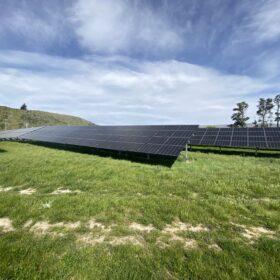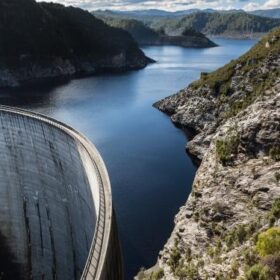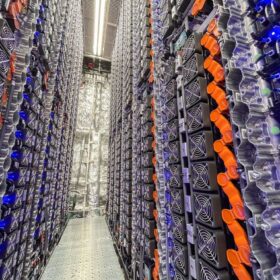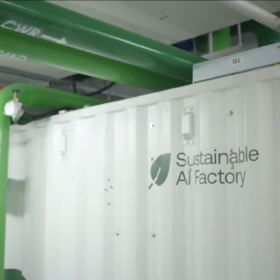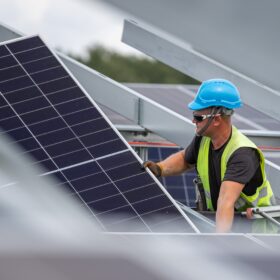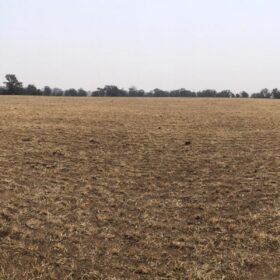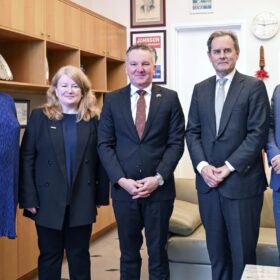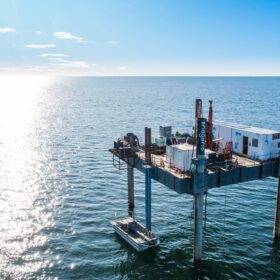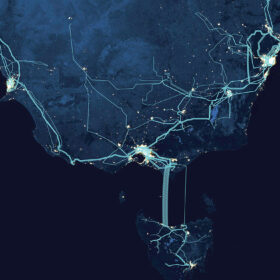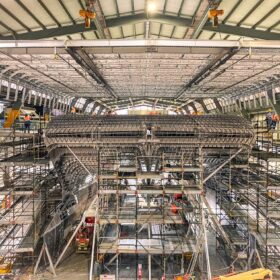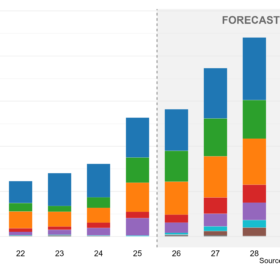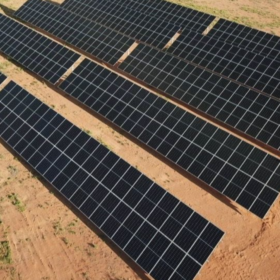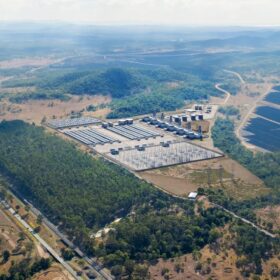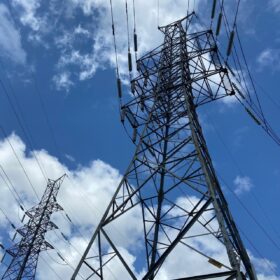Hydro Tasmania seeking 1,500 GWh new solar, wind
Hydro Tasmania is seeking to increase its renewable energy generation to meet growing energy demands and support the state’s industrial expansion.
Hydro Tasmania’s 7,347 GWh system gets $18 million upgrade
Hydro Tasmania has completed a major $18 million upgrade of the central system that allows it to monitor and control most of the State’s 7,347 GWh hydropower system from Hobart.
Incat starts energisation process for world’s largest electric ship
The world’s largest battery-electric ship has reached a new milestone with shipbuilder Incat Tasmania confirming that one of the vessel’s four battery rooms is now receiving electrical charge ahead of sea trials later this year.
Project Southgate to support 5.1 GW of solar, storage, hydro and wind
Developers of a series of artificial intelligence factories being built across Australia at a cost of $73.3 billion, say they will be 100% powered by renewable energy and could stimulate 5.1 GW of solar, storage, hydro and wind projects.
5 GW renewable generation sought in Capacity Investment Scheme Tender 7
Bids have opened for the Capacity Investment Scheme Tender 7 seeking 5 GW of generation in the National Electricity Market, with caveats to be operational by 31 December 2030 and have a forecast generation profile that displaces more fossil fuel generation.
Hybrid developments make clean sweep of Capacity Investment Scheme Tender 4
Investment confidence in solar and battery storage development is clear-cut given over 50% of 20 successful Capacity Investment Scheme Tender 4 bids are for large scale hybrid projects.
CEFC pumps $3.8 billion into Marinus Link project
The proposed Mainus Link undersea high-voltage interconnector between Tasmania and Victoria is advancing towards construction with financing now locked in and suppliers issued with “notice to proceed” on key components.
Marinus Link undersea cable lands environmental approval
The Marinus Link undersea electricity connector between Tasmania and Victoria has secured federal environmental approval a day after state and Commonwealth governments announced a positive final investment decision for the 750 MW first stage of the project.
Marinus Link gets go-ahead to dive straight into stage 1 construction phase
Marinus Link, the 750 MW capacity high voltage direct current electricity interconnector proposed to strengthen the Tasmania and Victoria connection on the National Electricity Market, has reached Stage 1 financial investment decision.
Tasmanian shipbuilder lands contract for electric ferries
Australian shipbuilder Incat Tasmania has inked a contract to design and build two 100% battery-electric ferries for Molslinjen, Denmark’s largest passenger ferry company.
